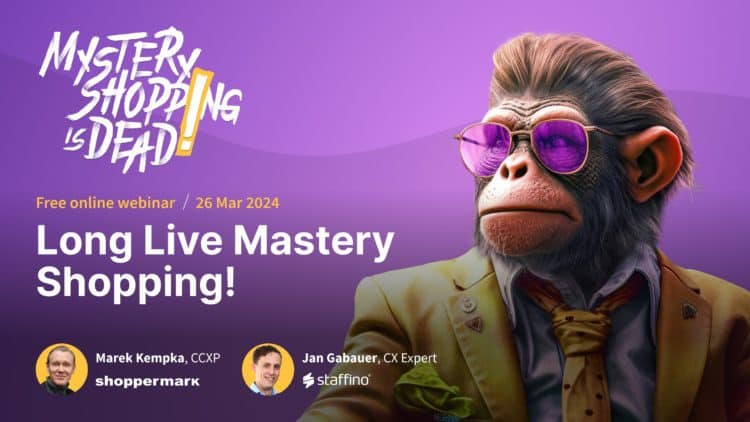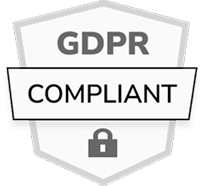Customer ratings are numerical scores (usually 1 to 5 stars) that reflect a customer’s overall satisfaction with a product or service. Customer reviews are written comments that explain the reason behind the rating, providing more detail about the customer’s experience.
In the age of digital commerce and online interactions, customer reviews and star ratings have become pivotal in shaping businesses’ reputations and success. They serve not only as a compass for potential customers but also as a valuable feedback loop for companies aiming to improve their products, services, and customer experiences.
This comprehensive guide delves into the nuances of customer ratings and reviews, and the strategic importance of managing them effectively.
Customer Ratings and Reviews Defined
What Are Customer Ratings?
Customer ratings are numerical or star-based evaluations provided by customers, reflecting their satisfaction level with a product or service. These ratings offer a quick snapshot of the overall customer sentiment.
What Are Customer Reviews?
In contrast, customer reviews are detailed written feedback or verbatims from customers about their experiences. Reviews often accompany ratings, providing context and specific insights into what customers liked or disliked.
What’s a User Rating?
User ratings specifically reflect the users’ experiences and satisfaction levels. As a subset of customer ratings, user ratings offer a direct insight into the functionality, usability, and overall quality of a product or service from the perspective of actual users.

Review vs Rating: What’s the difference?
The main difference between rating and review lies in the depth of information. A rating gives a quick, quantitative measure of satisfaction, while a review offers qualitative, detailed feedback.
Both elements are crucial in influencing potential customers’ perceptions and buying decisions.
Why Are Customer Ratings & Reviews Important?
Together, customer rating and reviews create a great source of information, enabling businesses to understand consumer needs, preferences, and pain points. The feedback can be either open loop, where ratings and reviews are collected and acknowledged, or closed loop, where actionable steps are taken to address the feedback.
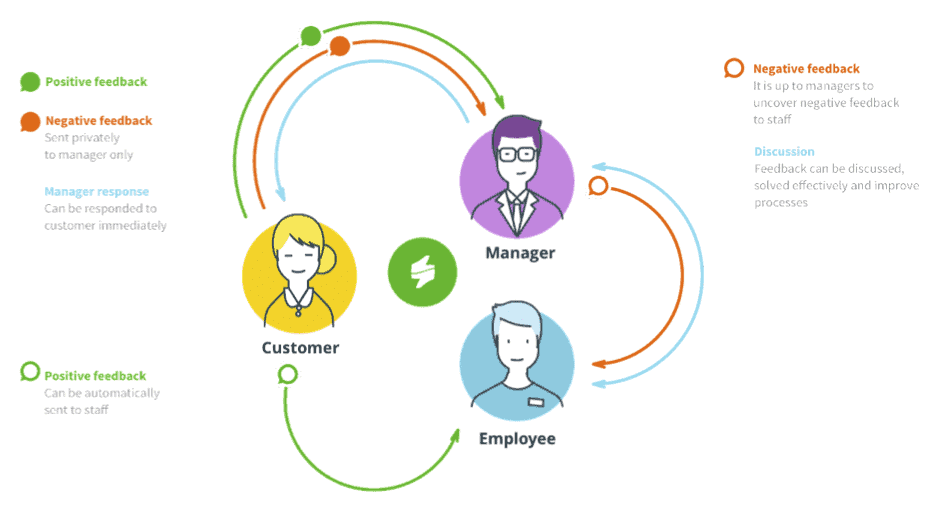
Customer reviews can make or break a business. Positive customer reviews and high star ratings enhance a business’s credibility, attracting more customers by instilling trust in the quality of the products or services offered. In contrast, negative customer reviews can discourage many from using a brand’s products and services.
How to Close the Feedback Loop?
As mentioned above, collecting customer ratings and reviews is only a part of the process if you want to see real improvements in your customer experience. The feedback loop meaning refers to the process of collecting, analysing, and acting on customer feedback. A closed loop feedback system is particularly valuable as it demonstrates a company’s commitment to listening to its customers and continuously improving.

Get Actionable Insights with Closed Loop Feedback Management
With Staffino, you'll never leave a customer unhappy again! Streamline the process of collecting and responding to feedback, identify areas of improvement, and make sure that customer issues are addressed quickly and effectively.
Here’s a simplified, yet effective three-step guide to closing the loop:
Step 1: Collect and Analyse Customer Reviews and Ratings
Start by collecting feedback across all customer touchpoints. This includes CX surveys, social media, customer service interactions, online reviews, and star ratings such as those from Google. A tool like Staffino can streamline this process by aggregating feedback from various sources for easier analysis. Staffino can also help by using AI and machine learning to highlight trends and sentiments in customer reviews, making it easier to understand customer needs and expectations.
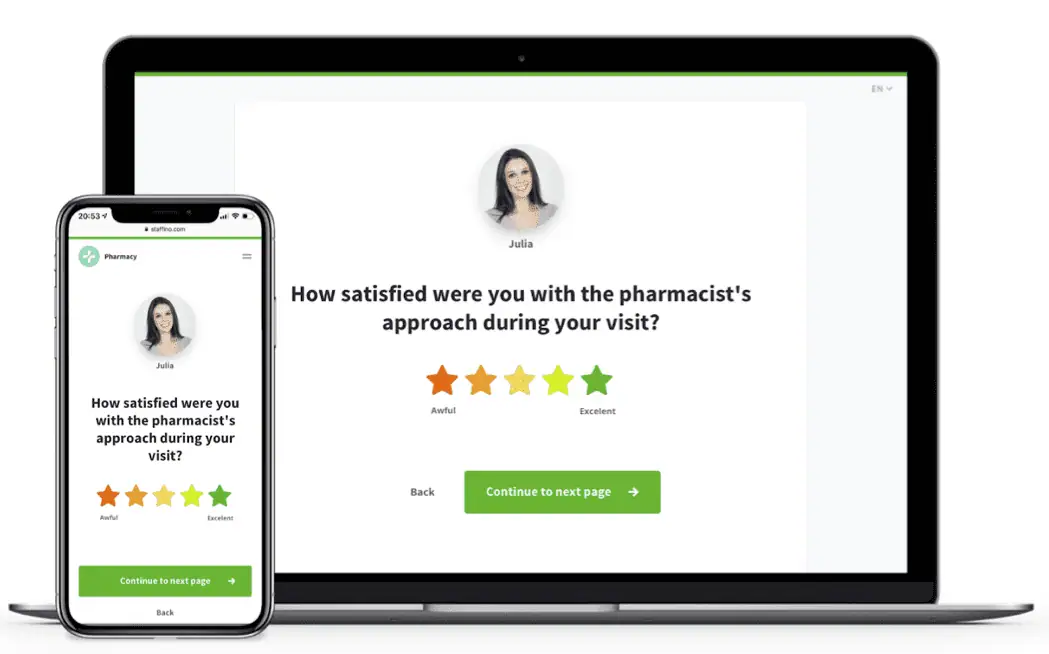
Step 2: Act on the Feedback
Respond promptly and personally to reviews that identify specific customer issues.
A direct response from the company can turn a negative experience into a positive one by showing the customer that their feedback is valued. This is the “closed loop” in action on an individual level, ensuring that no customer feedback falls through the cracks.
Develop a plan to make systemic improvements for broader issues that affect many customers. This might involve product updates, changes in service protocols, or employee training programs. It’s crucial that these changes are not only made but also communicated back to the customers to demonstrate that their feedback has led to real improvements.

Step 3: Follow Up and Measure the Impact
After addressing the feedback, reach out to the customers who raised the concerns, informing them about the steps taken to resolve the issue. This not only validates their effort in providing feedback but also reinforces their value to your business.
Finally, measure the impact of the changes made as a result of customer reviews and ratings. This could involve tracking customer satisfaction scores (CSAT), repeat business rates, or other relevant customer experience management metrics. Sharing these successes with customers and employees alike can foster a culture of continuous improvement and customer-centricity.
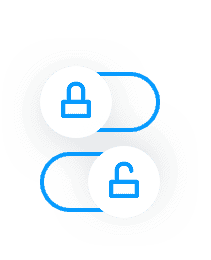
Boost Customer Experience with NPS, CSAT & CES
Get the most accurate and actionable insights into your customer satisfaction with Staffino's CX metrics. With automated surveys and effective reporting, you can quickly gain valuable insights into your customer journey.
The Role of Negative Customer Reviews & How to Handle Them
Negative reviews, while often feared, provide an opportunity for businesses to showcase their customer service by addressing complaints and resolving issues, thus closing the feedback loop. Negative feedback is inevitable, but the way a business responds can turn a dissatisfied customer into a loyal advocate. Here’s how to close the loop effectively:
1. Acknowledge and Apologise
Start by acknowledging the customer’s issue and offering an apology. This shows that you take their complaint seriously and are committed to making things right.
2. Provide a Thoughtful Response
Craft a personalised email or response letter to a complaint that addresses the specific concerns raised by the customer. Avoid generic responses, as they can make customers feel undervalued.

Feel free to choose from our library of responding to complaints examples!
3. Offer a Solution
Whenever possible, offer a solution or compensation for the customer’s trouble in response to complaint letter. This could be a refund, a discount on future purchases, or a promise to fix the issue promptly.
4. Take Action and Follow Up
After sending your reply to a complaint letter or an online complaint, take immediate action to resolve the issue. Following up with the customer to ensure their satisfaction is crucial in closing the loop.
5. Learn and Improve
Use the feedback to improve your products or services. This proactive approach demonstrates a commitment to excellence and customer satisfaction.
“Remember, every review—positive or negative—is an opportunity to demonstrate your commitment to customer satisfaction and excellence.”
Ján Gabauer
Expert CX Consultant
Improve Your Customer Reviews & Ratings Today!
Are you struggling with negative customer reviews and low star ratings? Or perhaps you’re looking to start collecting them more efficiently?
Staffino’s customer surveys offer the tools you need to collect open customer reviews and ratings related to key CX metrics. With Staffino, businesses worldwide easily manage the feedback loop, from collecting and analysing customer feedback to closing the loop through targeted actions. Reach out to us and let’s build strong customer relationships together!

Transform Your Customers' Experiences
Create a bulletproof customer journey with tailored CX products and services that will foster loyalty and reduce churn.
FAQ
Customer reviews are written feedback about a product or service, while ratings are numerical scores (like star ratings) that show how satisfied a customer is.
A rating is a quick score, such as 4 out of 5 stars. A review is written feedback that explains the score and gives context to the customer’s experience.
Use the rating scale provided, then write a short, honest summary of your experience. Be specific about what you liked or didn’t like.
Respond professionally, thank the customer, and address any concerns. Personalise the response and offer solutions if there’s an issue.
Thank the customer for their feedback, acknowledge what they appreciated, and invite them to return or share their experience with others.
Examples include:
“Fast delivery and excellent service.”
“The support team was incredibly helpful.”
“Exactly what I needed—great quality.”
Yes. Reviews can be tracked as a key performance indicator (KPI) for customer satisfaction, brand trust, and service quality.
Customer reviews influence buying decisions, impact reputation, and help companies identify areas for improvement or highlight strengths.
Ask customers shortly after their experience, use surveys or follow-up emails, and make the process quick and easy. Timing is key.
Deliver consistent service, respond to feedback, fix recurring issues, and build trust with transparency and communication.
Offer ethical incentives like discounts or loyalty points for feedback, but never request only positive reviews. Always follow platform rules.


